Gardening is an enjoyable hobby that can be even more rewarding when it’s on the cheap. Here are 10 easy ways to save money on gardening.

Buy Offseason
Wait for sales. Get the best deals when the traffic has died down at the garden centers: in the dog days of summer, after major holidays, and in fall. If your local supermarket has a temporary garden center in the parking lot (many do), find out when it closes for the season (likely midsummer) and show up then. You can get some amazing discounts because they have to move the inventory.
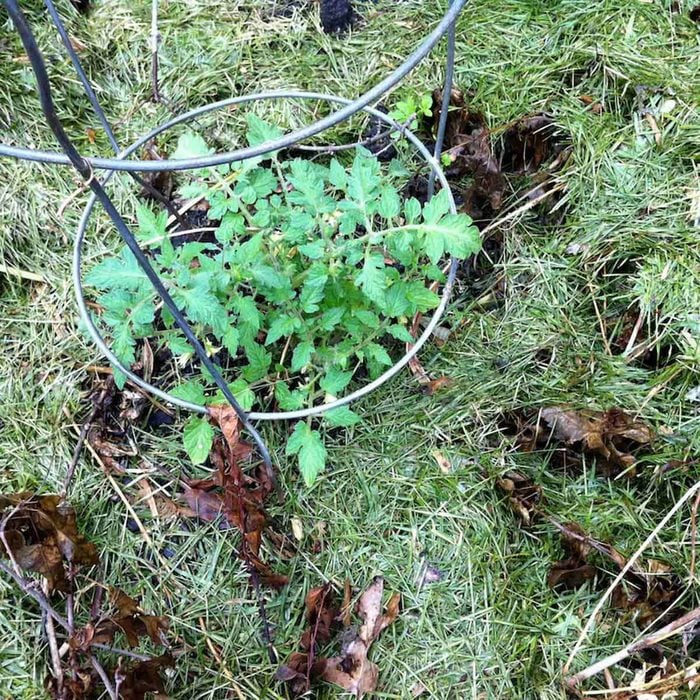
Free Mulch
Grass clippings hold both nitrogen and moisture, so they’re a good summer mulch when used correctly. First, if you’re putting clipping around edibles, make sure the clippings are from an untreated lawn—you don’t want to mulch with pesticides and herbicides accidentally. Second, spread the clippings lightly so they can dry out and don’t compact into a smelly mess. In fall, you can add shredded leaves to the mix. They’ll improve soil texture, fertility and moisture-holding capacity as they break down.
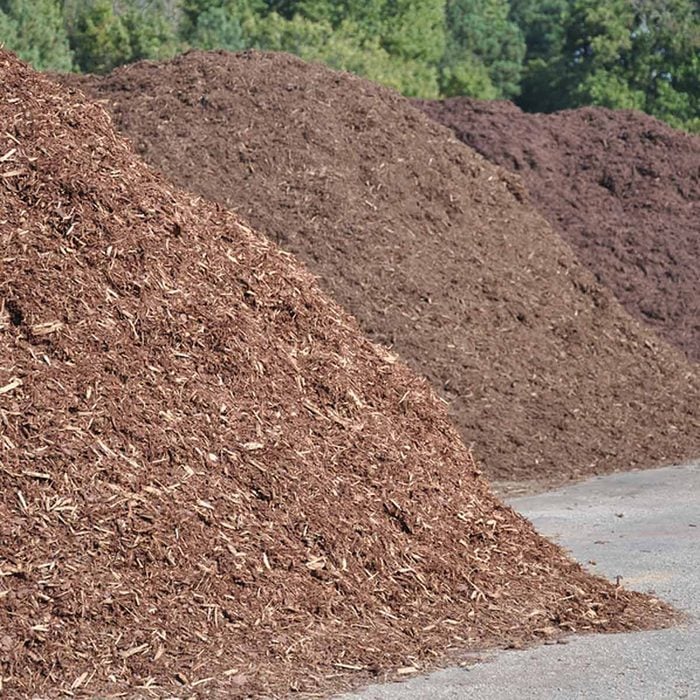
More Free Mulch
Store-bought mulch has its place—the uniform material looks great up close by the front door where you can see it—but it’s a money drainer when it comes to large beds. Most municipalities have free supplies of wood chips for the taking. If not, simply call a tree service in your area and ask if you can have some of theirs. Most will happily oblige, some may even deliver it if they’re grinding a tree in your area. You can also save money gardening by buying mulch in bulk.

Grow Self-Seeding Flowers
Self-seeding flowers, like the hollyhocks seen here, are a real money saver for the home gardener. Buy a packet of seeds now and have flowers forevermore. The secret is to sow them where they have a chance to succeed (consult seed packets for recommendations) and then allow some of the fading flowers to go to seed. Resist deadheading—at least near the end of the season, when a new crop of seeds is needed. Some great self-seeders include rudbeckia, sunflower, cleome, zinnia, calendula, bachelor’s buttons, poppies and cosmos.
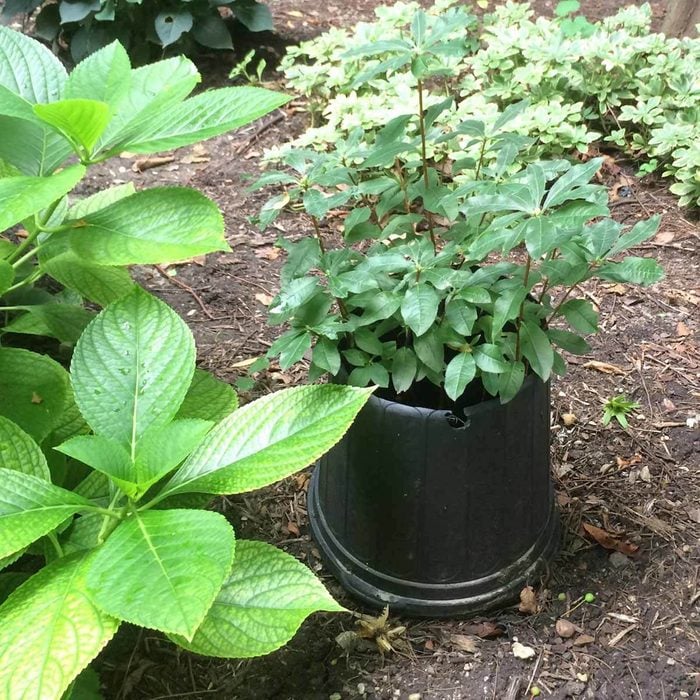
Reuse Nursery Containers
Plastic nursery pots have so many uses that it’s a shame to throw them away. Recycling them is good, reusing them is even better! You can save money gardening by reusing plastic nursery pots and cellpacks to raise new plants. Larger containers can hold hand tools. Or remove the bottoms and place the pots upside down around prized plants that are prone to rabbit browsing, as seen here.
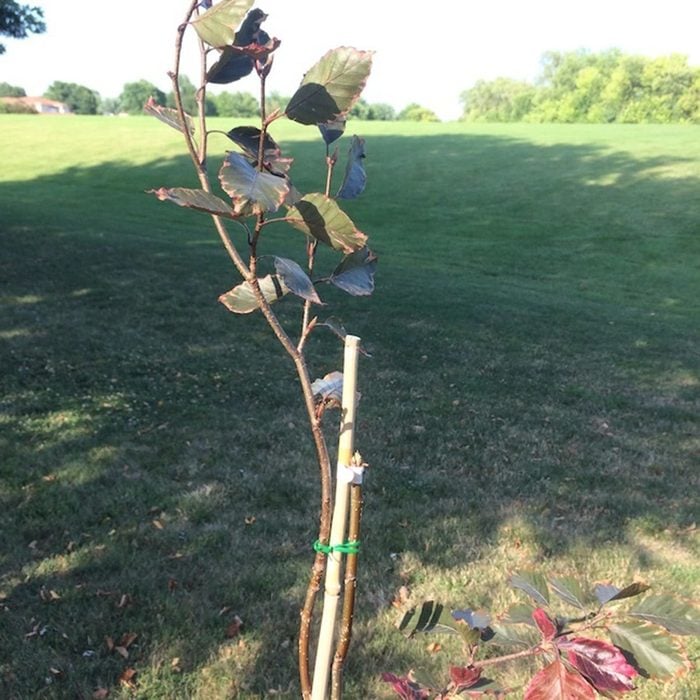
Buy Damaged Goods
The term “damaged goods” tends to have a negative connotation, but frugal gardeners might disagree. Retailers often sell broken bags of soil mix and mulch at half price. Those same retailers may put out a sale rack of distressed plants, too. This 5-foot-tall tricolor beech was marked down to $22 from $88 because it had a broken stem. That damaged stem can be cut off and replaced by a side branch. Simply tie the branch to a support (see photo) for one year, then remove it. The stem will grow upward on its own and become the new leader.
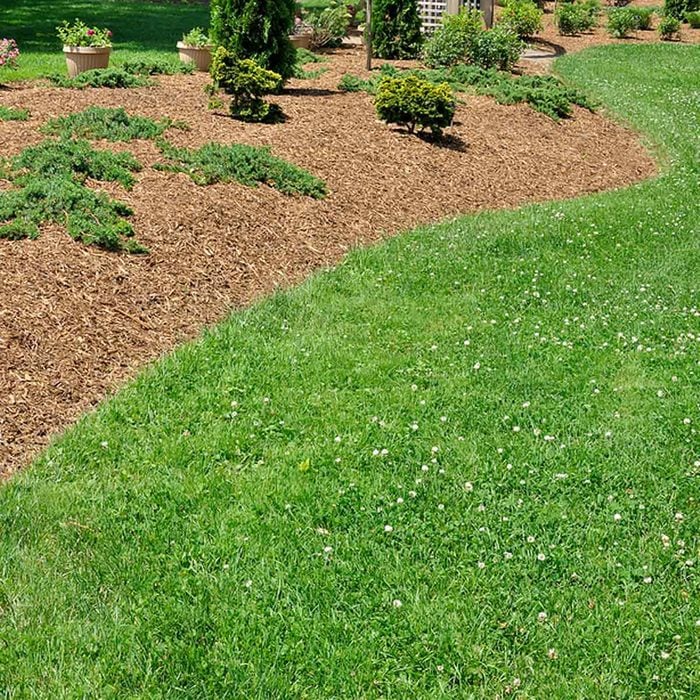
Cut the Lawn (Down to Size)
Who needs a huge lawn to mow, fertilize and water all the time? Cut it down to size and replace with low-maintenance shrubs, succulents, or groundcovers. Use some of that free mulch we talked about earlier to smother the remaining grass. Tip: flatten old cardboard boxes or spread out newspapers below the mulch. This layer prevents weeds from poking through.

Save on Potting Mix
Name-brand potting mixes can set you back quite a few dollars when you’re filling large containers. Use less of the expensive soil mix (and save weight so you can move the containers more easily) by lining the bottom of large containers with packing peanuts before filling with soil mix. Put the packing peanuts in a sealed plastic bag or cover with landscape fabric to prevent them from mingling with the soil (a hassle if you ever dump the pot).
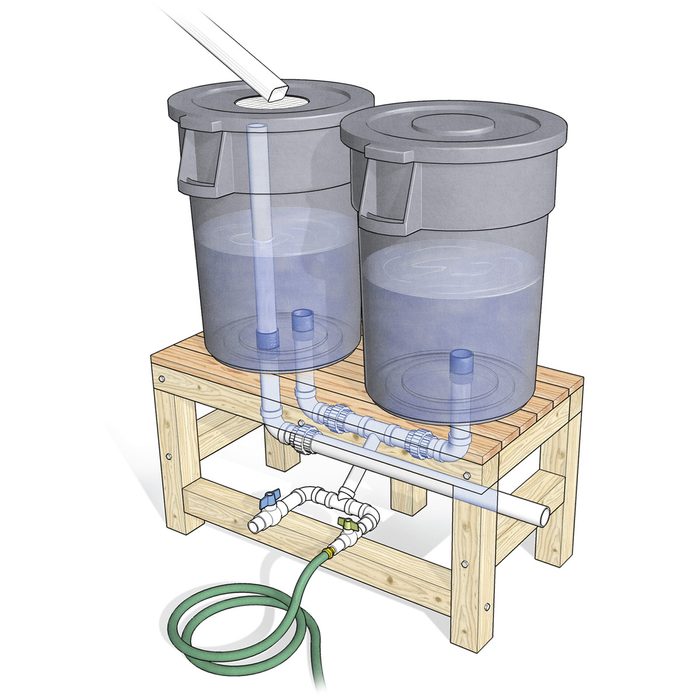
Create Your Own Rain Barrel
With many municipalities now using special bins for trash pick-up, a lot of old garbage cans are looking for a new purpose. Save yourself $100 or more by turning a large plastic trash can into a rain barrel. Position it under a drainspout that’s been shortened and direct the flow of water into a hole you cut in the plastic top. Cover the opening with a piece of window screen to keep mosquitoes out.
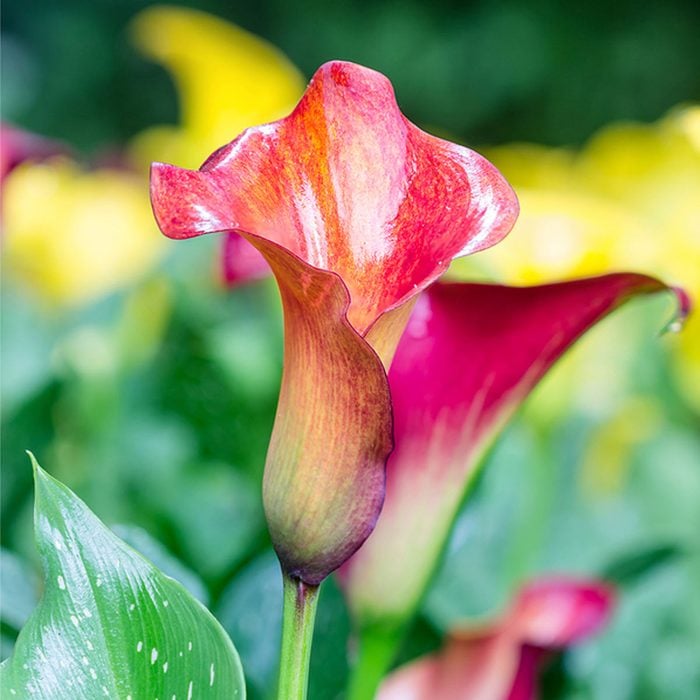
Save Your Tender Bulbs
A lot of northern gardeners treat tender bulbs — such as calla lilies, caladiums and gladiolus — as annuals, allowing them to die at season’s end. Instead, overwinter them so they’ll be fit and healthy in the spring. To make it simpler, plant tender bulbs in containers. After frost kills the tops, whisk the containers into cool storage in a basement or attached garage. Water sparingly — maybe once a month — while they’re dormant so the soil doesn’t totally dry out, and bring the containers back out in spring.

